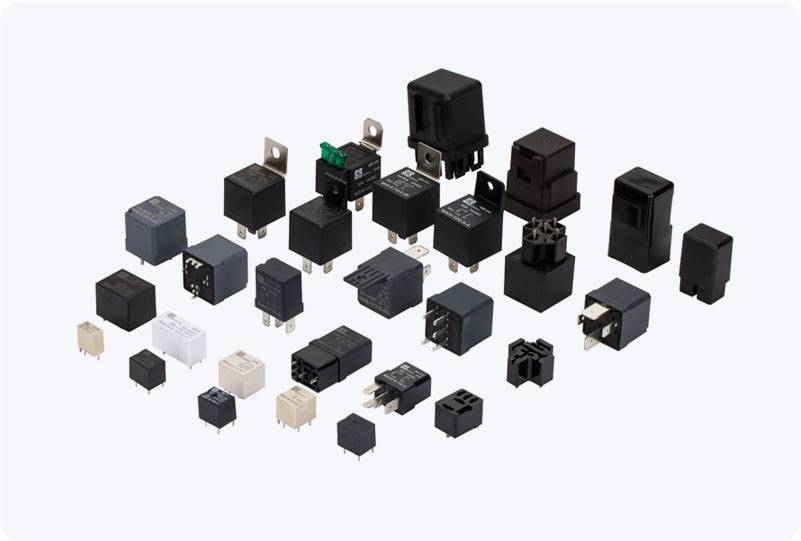understanding the 220v ac relay: function, applications, and importance
Release time:2025-06-13 17:34:13
A 220V AC relay is a vital component in electrical and electronic systems, widely used in various applications to control high-voltage circuits with a low-voltage control signal. Relays are electromagnetic switches that allow electrical circuits to be controlled remotely, enabling automation and safety in multiple industries. The 220V AC relay specifically handles alternating current (AC) at a voltage of 220V, which is common in many residential and industrial power systems worldwide. This article explores the function, applications, and importance of the 220V AC relay, shedding light on its crucial role in modern-day electrical systems.

What is a 220V AC Relay?
At its core, a 220V AC relay is an electrically operated switch that allows a low-voltage signal to control high-voltage devices, making it an essential component for controlling AC power circuits. It consists of an electromagnet (coil), a set of contacts, and a spring mechanism. When a current flows through the coil, it generates a magnetic field that pulls the relay's contacts together (closing the circuit) or pushes them apart (opening the circuit). In the case of the 220V AC relay, the relay is designed to handle a maximum of 220V of alternating current, which is the standard voltage level in many regions.

